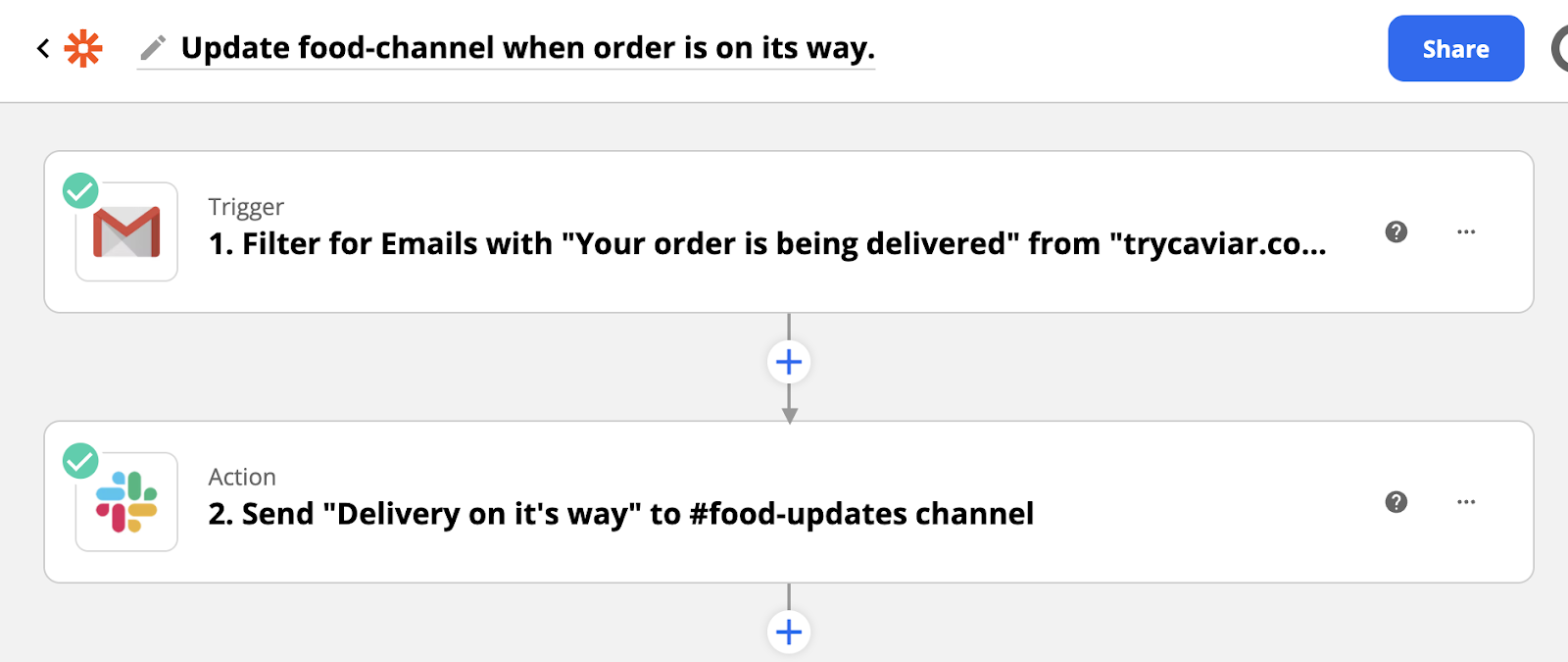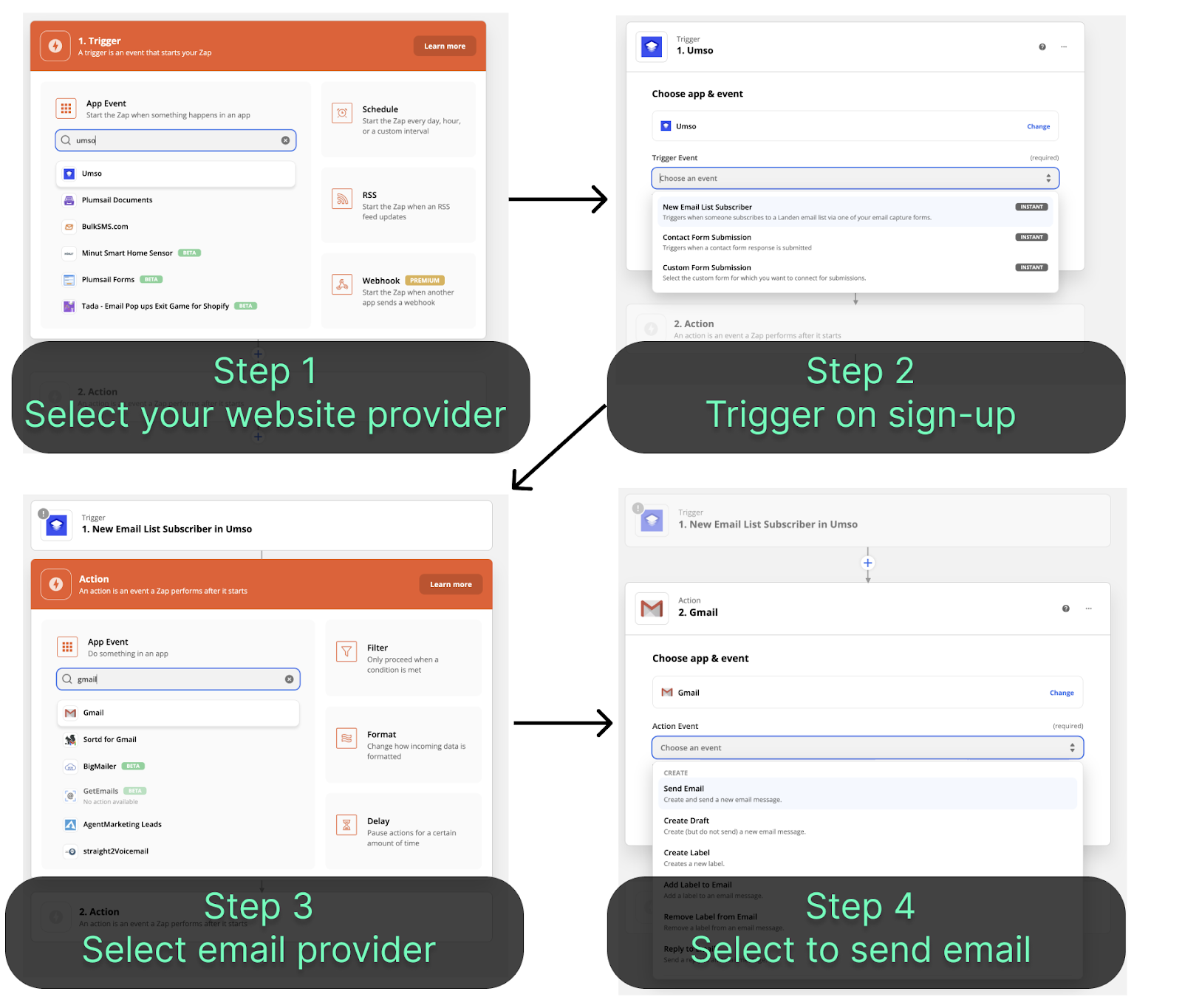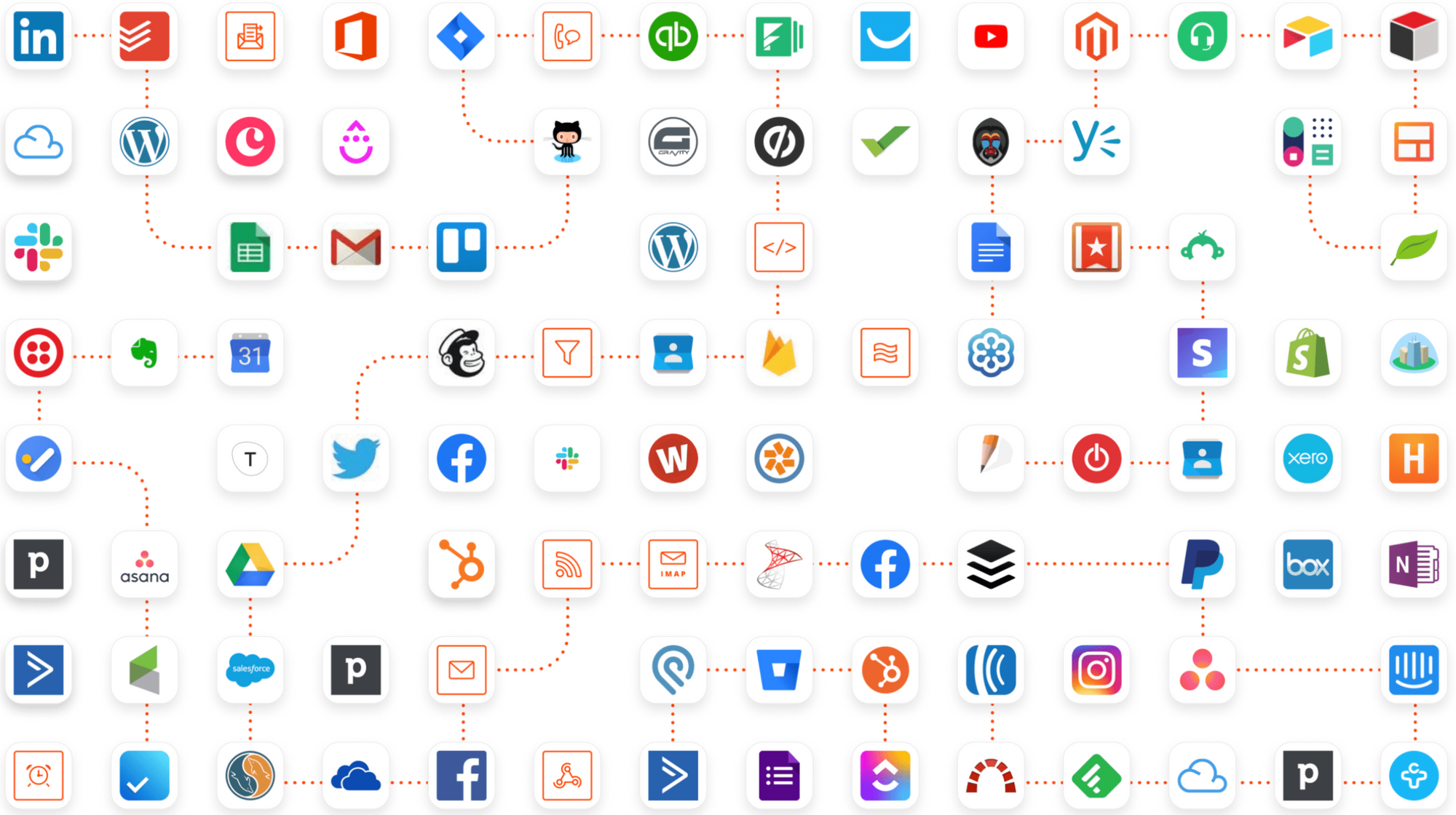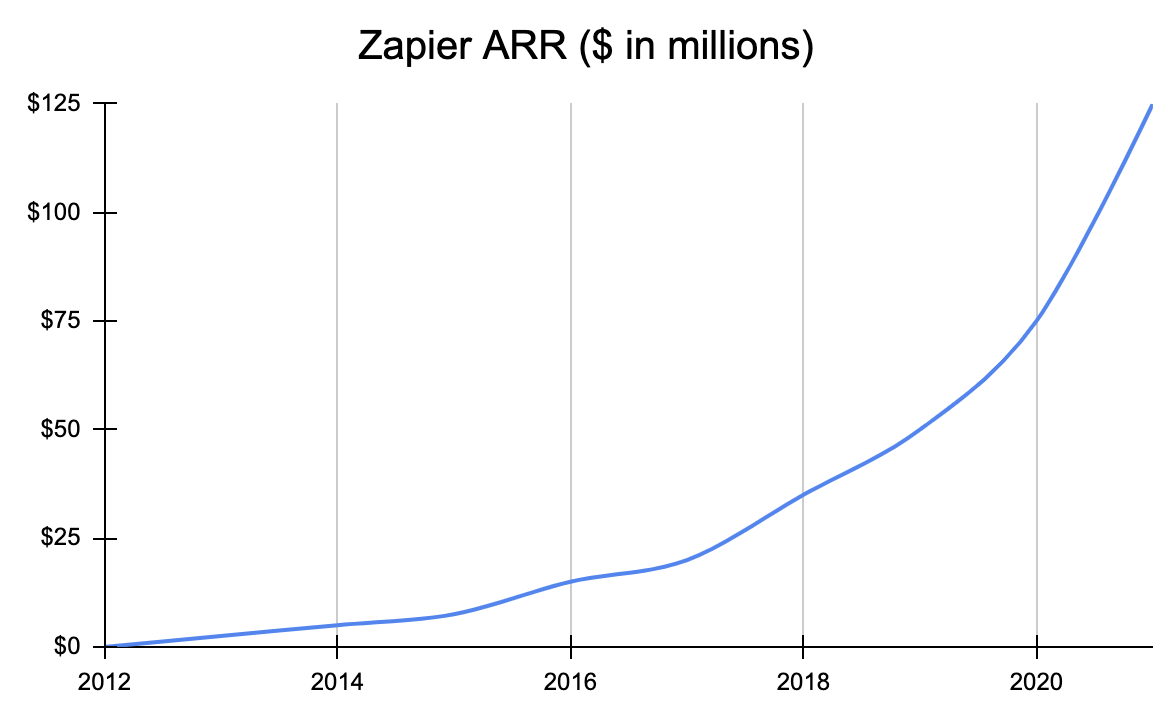Zapier: The $5B unbundling opportunity
Note: This post got picked up on hackers news!
In September 2019, A16Z described a strategy for identifying new startup opportunities: look at broad horizontal platforms that are near their breaking point. Horizontal platforms usually succeed in providing simple interactions that support a variety of verticals, think Craigslist (renting apartments, finding jobs, creating events), eBay (selling tickets, cars, shoes), and Reddit (chat for communities around anything).
As these platforms scale, niche use-cases grow big enough in usage and value to create opportunities for businesses to deliver more tailored products. As the number of people looking for jobs on Craigslist grew, companies like Indeed and ZipRecruiter saw an opportunity to create a better experience. The process of companies building products that strip away use-cases from horizontal platforms is called “unbundling”.
The process of companies building products that strip away use-cases from horizontal platforms is called “unbundling”.
In their post, A16Z lists Craiglist as an example of a platform that has been unbundled and points towards LinkedIn as one currently undergoing the process (2019). Given the explosive growth of SaaS products and the growing need to have them inter-operate, the next big platform to be unbundled is Zapier.
What is Zapier?
Zapier, valued at $5B, is an integration platform that gives non-technical end-users the ability to connect SaaS products that aren’t natively integrated. With Zapier’s point-and-click solution, a user can create business processes by connecting SaaS products in just a few clicks.
For example(s): Need to have your website sign-ups send an email? Send an email from Mailchimp on every TypeFrom submission. Need to create todos every time a new deal comes into your Salesforce? Create a ticket in Jira when a new deal lands in Salesforce. Want to know when your delivery is on its way? Send a Slack message when an email has the term “Your order is on its way” in the subject line. All in Zapier. All without code.

At the time of this writing, there are over 3,000 SaaS integrations you can use on Zapier. Whatever SaaS products you’re using, they probably all connect with Zapier. From small e-commerce stores automating marketing emails by connecting MailChimp and Stripe to startups tracking their sales teams by plugging Salesforce into Asana, Zapier has grown to over 3M active users and generates over $125 million in annual revenue.
Zapier’s Advantages
Zapier’s secret is its simple yet powerful paradigm of “triggers” (something happens in one product) and “actions” (do something in another product) which is controlled all by mouse-click. You don’t have to think about authentication, infrastructure, REST APIs, queries, or parsing; you can translate your needs into a one-for-one step process in Zapier. For example: “I wish when someone signed up on my site, I could send them an email”, is a quick 4 step process.

Zapier’s advantage as a platform is (was) their first-mover strategy. When I first heard of Zapier a decade ago, they had over 100 APIs and I thought that was more than I’d ever need. Over time, as more SaaS companies came online, Zapier continued to grow to over 3,000 APIs! As businesses continue to rely on SaaS for their operations, Zapier is the go-to place to make SaaS products talk to each other.
Zapier’s growth strategy has been pretty simple: build more integrations and fulfill more use-cases; fulfill more use-cases, and attract more customers. While Zapier has slowly created 3,000+ API integrations over 10 years, the number of SaaS products that an organization uses has gone from 8 in 2015 to over 80 in 2020.
Zapier’s growth strategy is continuing building more integrations on top of their point-and-click platform.
This isn’t just a concern of monster companies like Coca-Cola or Deloitte anymore, companies smaller than 50 employees leverage 16 SaaS products on average in their organizations.
Breaking Point
With the average number of SaaS tools used in a business increasing 10x from 2015 to 2020, Zapier’s breadth and simplicity are reaching a breaking point.
Breadth
While Zapier can connect with virtually every API, it doesn’t support any single API extremely well. Something as simple as being able to update a Shopify order requires a 500-word tutorial to get working. Even simpler: doing individual “actions” over a list of items from a “trigger” (think sending an email to each of the customers you get from a purchase report) wasn’t a feature until 2021. There are over 880 posts on Zapier’s forums detailing how to get API-specific use-cases to work. Zapier’s breadth is resulting in complicated workarounds to get the most out of APIs.
Over 880 posts on Zapier’s forums detail how to get API-specific use-cases to work.
Simplicity
Back when business owners had simple aspirations for their digital products (e.g. add a person’s details into a Google Sheet after they buy something through Stripe), a simple point-and-click would suffice. With the average company leveraging over 80 SaaS products, modern organizations require more complex integrations that can become unwieldy with the primitives provided by Zapier. It’s becoming more common for the management of Zapier workflows to be outsourced or managed by a technical team.
Making 80 SaaS products work together requires the help of outsourced talent or an in-house technical team.
Unbundling Zapier
Just like Craigslist, eBay, and Reddit before it, Zapier is in the perfect position to be unbundled. As a large horizontal platform with a growing number of users, there are clusters of Zapier users in need of focused alternatives. People have noticed this opportunity already:
- Workato and Integromat are working on “Zapier for Business” with features like SOC2-compliance, role-based-authentication, and on-premises support.
- Alloy and Anvyl are focusing on vertically specific integration platforms (E-commerce and Supply-Chain respectively) that support just 100s of SaaS products but make common use-cases simpler for their respective industries.
- Airtable and Reclaim have replaced many integration use-cases by creating feature-rich versions of the products most commonly involved in Zapier integrations (spreadsheets and calendars respectively).
- Finally, Pipedream focuses on better support for complex Zapier use-cases by providing a platform that software engineers can use to create more technical and nuanced integrations.
These are just a few ways that Zapier is being unbundled but there’s plenty of unbundling left. I’m personally building a vertical-specific product that reduces reliance on integration platforms altogether. More to come soon ;)
If you’re interested in collaborating or chatting about the journey, please reach out! Good luck friends!


